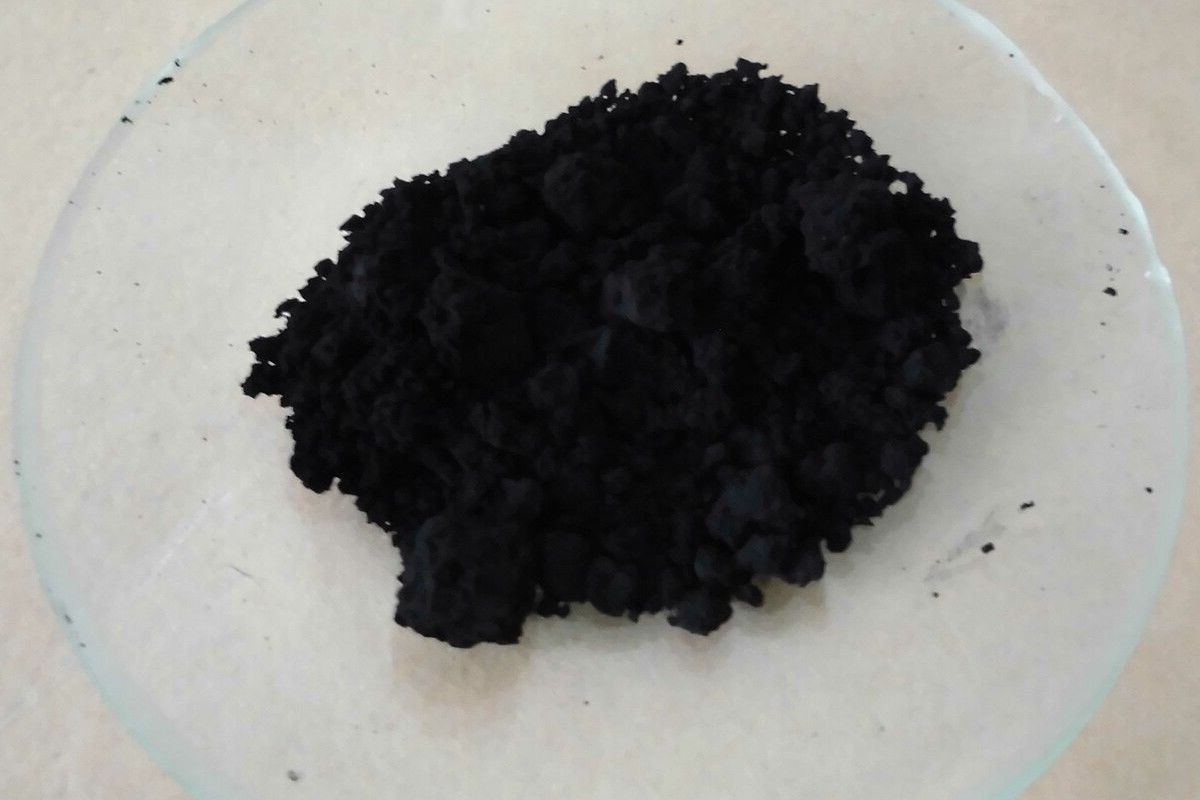
Fe3O4, also known as iron(II,III) oxide or magnetite, is a fascinating compound with a rich history and a multitude of uses. This black, magnetic mineral is not just a scientific curiosity; it has practical applications in various fields. From ancient navigation tools to modern medical imaging, Fe3O4 plays a crucial role. Did you know that it is one of the main iron ores used in steel production? Or that it can be found in some bacteria? Magnetite is also used in water purification, pigments, and even as a catalyst in chemical reactions. Let's dive into 27 intriguing facts about this versatile compound!
What is Fe3O4?
Fe3O4, also known as iron(II,III) oxide or magnetite, is a fascinating compound with unique properties. This black, magnetic mineral has been used for centuries in various applications, from ancient navigation to modern technology.
- Fe3O4 is a mixed-valence compound containing both Fe2+ and Fe3+ ions.
- It is naturally magnetic, making it one of the most magnetic minerals on Earth.
- Magnetite is often found in igneous and metamorphic rocks.
- It has a Mohs hardness of 5.5 to 6.5, making it relatively hard.
- Fe3O4 has a high melting point of around 1597°C (2907°F).
Historical Significance of Fe3O4
Magnetite has played a crucial role throughout history, especially in navigation and early scientific discoveries.
- Ancient Greeks and Chinese used magnetite for navigation as early as 2000 BCE.
- The term "magnet" is derived from the Greek region of Magnesia, where magnetite was first discovered.
- In the 12th century, Chinese sailors used magnetite to create the first magnetic compasses.
- Magnetite was also used in early alchemy and metallurgy experiments.
- During the Middle Ages, it was believed that magnetite had healing properties.
Modern Applications of Fe3O4
Today, Fe3O4 is used in various industries, from electronics to medicine, due to its unique properties.
- It is used in the production of magnetic storage media, such as hard drives.
- Fe3O4 nanoparticles are utilized in medical imaging techniques like MRI.
- It serves as a catalyst in chemical reactions, including the Haber process for ammonia synthesis.
- Magnetite is used in water purification processes to remove contaminants.
- It is also employed in the production of ferrofluids, which are used in various electronic devices.
Fe3O4 in Nature
Magnetite is not only found in rocks but also in living organisms and other natural formations.
- Magnetotactic bacteria produce magnetite to orient themselves along the Earth's magnetic field.
- Some birds, such as homing pigeons, have magnetite in their beaks to help with navigation.
- Magnetite is found in the brains of some fish, aiding in their sense of direction.
- It can also be found in certain types of meteorites, indicating its presence in space.
- Magnetite sands are mined from beaches and riverbeds for industrial use.
Interesting Properties of Fe3O4
The unique characteristics of Fe3O4 make it a subject of interest for scientists and researchers.
- Fe3O4 exhibits both ferromagnetic and ferrimagnetic properties.
- It undergoes a phase transition at around -150°C, known as the Verwey transition.
- Magnetite can form beautiful, octahedral crystals that are highly sought after by collectors.
- It has a high electrical conductivity compared to other iron oxides.
- Fe3O4 can be synthesized in the lab through various chemical processes.
Environmental Impact of Fe3O4
While magnetite has many beneficial uses, its extraction and use can have environmental consequences.
- Mining magnetite can lead to habitat destruction and water pollution.
- The production of Fe3O4 nanoparticles must be carefully managed to avoid potential toxicity to aquatic life.
The Magnetic Marvel of Fe3O4
Fe3O4, or iron(II,III) oxide, is more than just a compound. Its magnetic properties make it a key player in various fields, from medical imaging to data storage. This compound's unique ability to switch between oxidation states allows it to conduct electricity, making it useful in electronic devices. Its natural occurrence as magnetite has fascinated humans for centuries, leading to its use in ancient navigation.
Understanding Fe3O4's chemical structure and properties helps us appreciate its versatility. Whether it's in nanotechnology or environmental cleanup, this compound continues to prove its worth. Its role in biomedical applications, like targeted drug delivery, showcases its potential to revolutionize healthcare.
Fe3O4 stands as a testament to the wonders of chemistry, bridging the gap between ancient uses and modern innovations. Keep an eye on this magnetic marvel; its future applications are bound to be exciting.
Was this page helpful?
Our commitment to delivering trustworthy and engaging content is at the heart of what we do. Each fact on our site is contributed by real users like you, bringing a wealth of diverse insights and information. To ensure the highest standards of accuracy and reliability, our dedicated editors meticulously review each submission. This process guarantees that the facts we share are not only fascinating but also credible. Trust in our commitment to quality and authenticity as you explore and learn with us.
